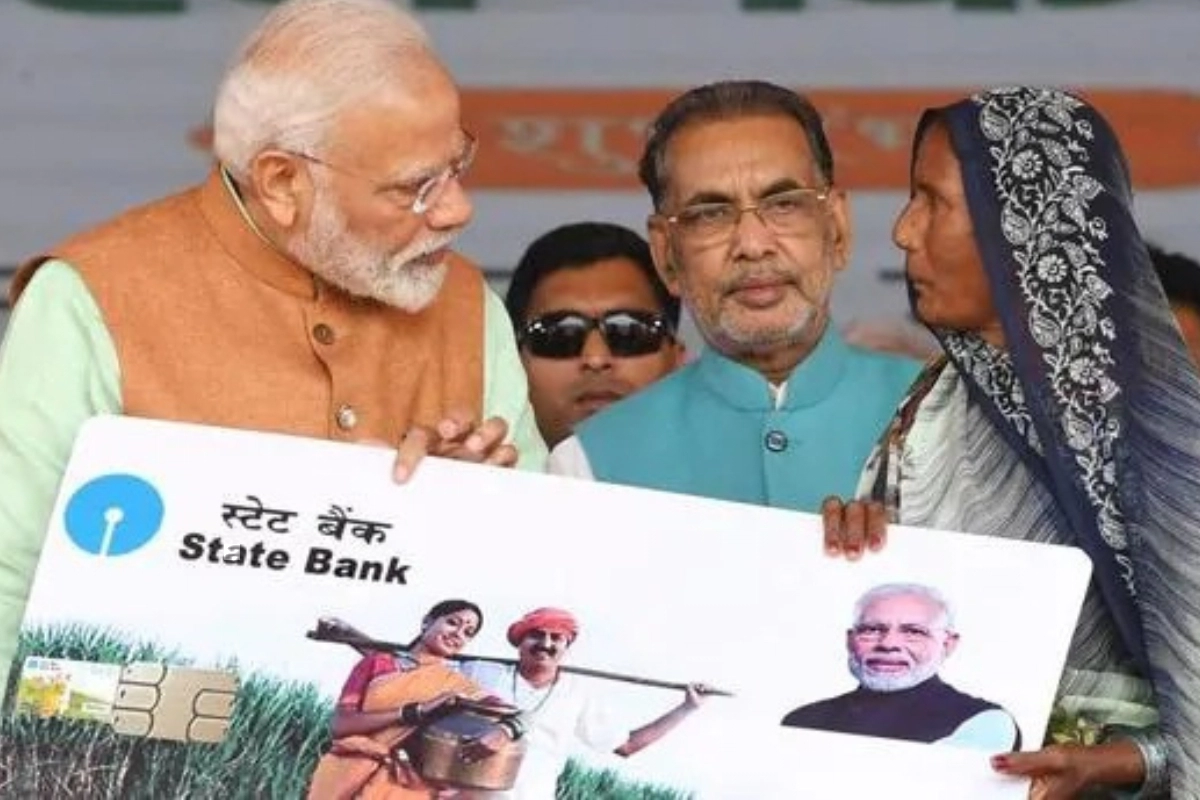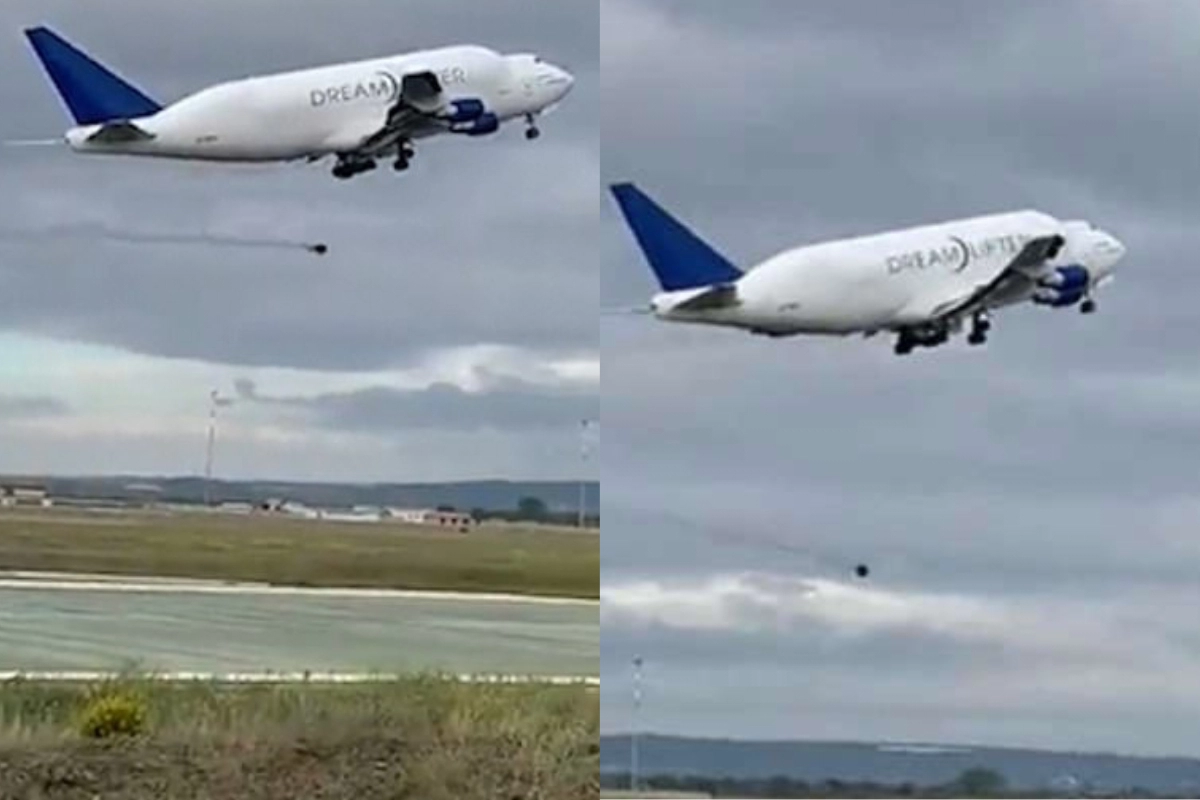Government Scheme: The International Monetary Fund explained India’s implementation of direct money transfers (DBT) and other similar welfare programs as a “logistic miracle,” saying there is much to be learned from a country that is one of the most inspiring examples of applying technology to solve the problem complicated issues.
In a press meet, Paolo Mauro, deputy director of the IMF’s Tax Department, told the reporters on Wednesday “If I look at the case of India, it is indeed impressive. It is a logistical marvel of how these programs, which seek to help low-income people, reach hundreds of millions of people, he said in response to a question about the impressive direct money transfer program successfully implemented by the Indian government, plans and schemes typically aimed at women.
Timely transfer of benefits and subsidies from various social assistance programs directly to the beneficiary’s bank account by bringing efficiency, effectiveness, and transparency, while eliminating the intermediary institutions, is the very purpose of DBT.
More than 24.8 lakh crore has been transferred through Direct Benefit Transfer (DBT), in the financial year 2021-22 only; on average, more than 90 lakh of DBT payments are processed per day as per FY22 data.
‘Paolo Mauro, deputy director of the IMF’s Tax Department was quite vociferous in his eulogy and told reporters “You can learn a lot from India. Much can be learned from other examples around the world. We have examples from almost every continent and every income level. If I look at the case of India, it is really impressive.
It is a logistical wonder that these programs that seek to help low-income people, given the sheer size of the country, reach hundreds of millions of people,” he said in response to a question on the impressive direct money transfer program successfully implemented by the Government of India.
Some programs specifically target women. Others target the elderly and farmers. Perhaps interestingly, there are many technological innovations in these examples, he acclaimed.
“In the case of India, one thing that is remarkably significant is the use of the unique Aadhaar identification system,” said Mauro.
“We are therefore a bit innovative in identifying people, processing their transfer requests using digital means, and making funds available via mobile banking. This is something countries can learn from each other. We also try to be a bit of a meeting place where people can compare these types of experiences, ”he said.
India was “one of the most inspiring examples of using technology to solve very complex issues of targeting support to the neediest.”
According to Vitor Gaspar, Director of the Tax Affairs Department, IMF is working with India on the application of new technologies, and looks forward for many technological exchanges that may help other member nation for seeking similar economic growth.
Also read: Samsung Galaxy S21 Ultra 5G: Here is Why This Phone Is A Better Option For You
Direct Benefit Transfer has been a game changer for Financial Inclusion in India. The sheer extent of its reach and impact make DBT an excellent platform to bring banking closer to the unbanked masses, but achieving that objective requires long-term vision, not short-term or ad hoc measures.
Direct Benefit Transfer is one of the biggest achievements of the government, it freed people from the shackles of middlemen and is ensuring the endpoint delivery of welfare measures.
As Prime Minister, Narendra Modi is leading from the front, he is ensuring all programmes adhere to set timelines and targets. He is hands-on and ensures continuous monitoring and eventual delivery.”
Keep watching our YouTube Channel ‘DNP INDIA’. Also, please subscribe and follow us on FACEBOOK, INSTAGRAM, and TWITTER.










